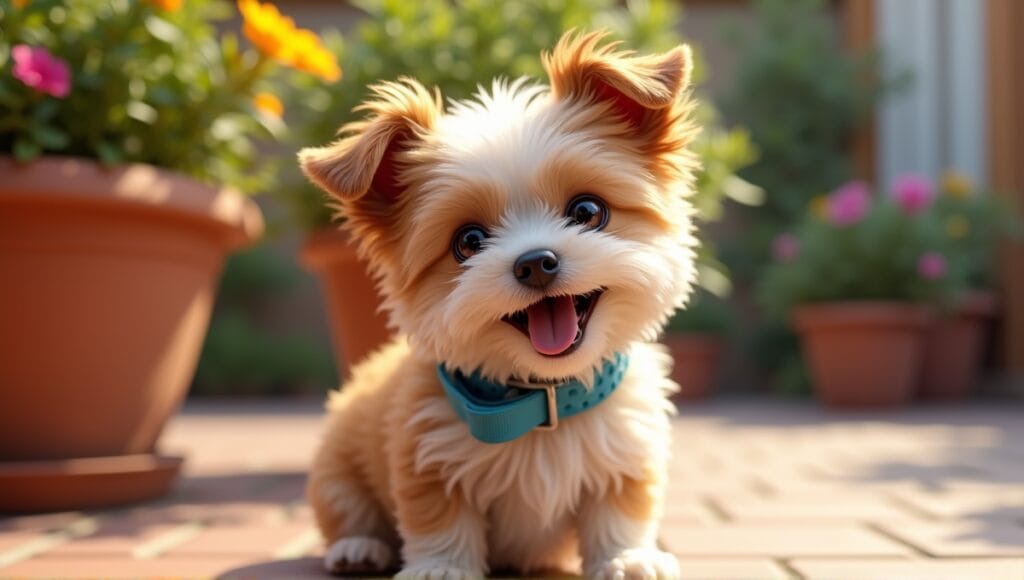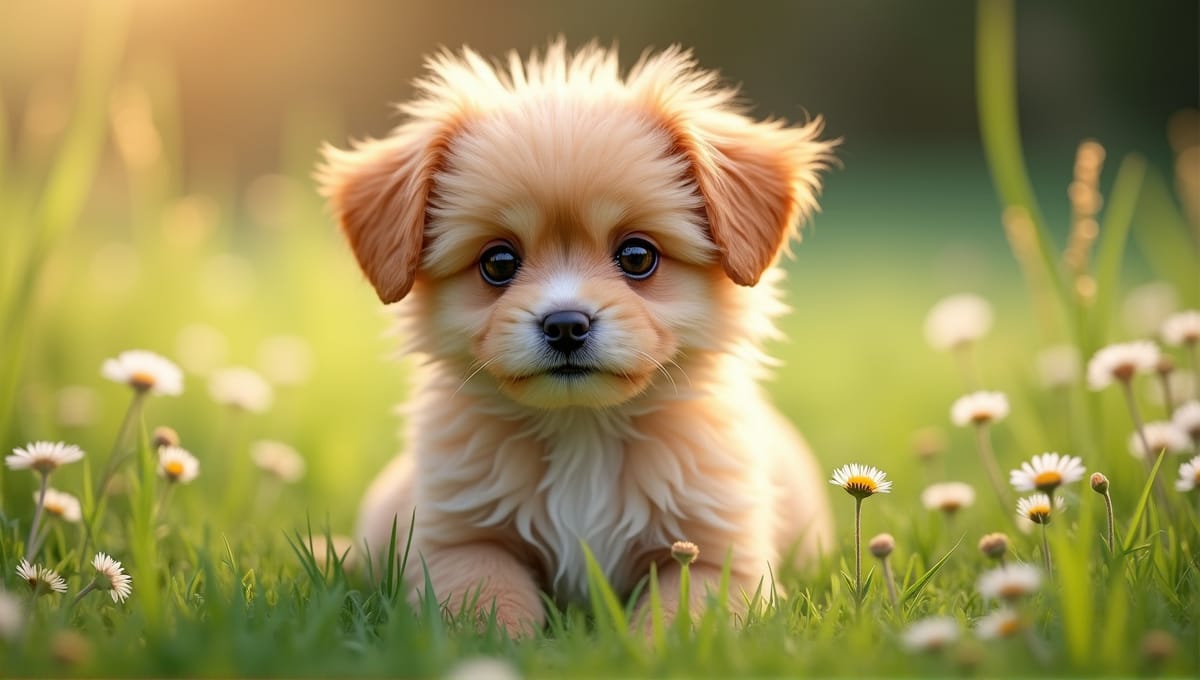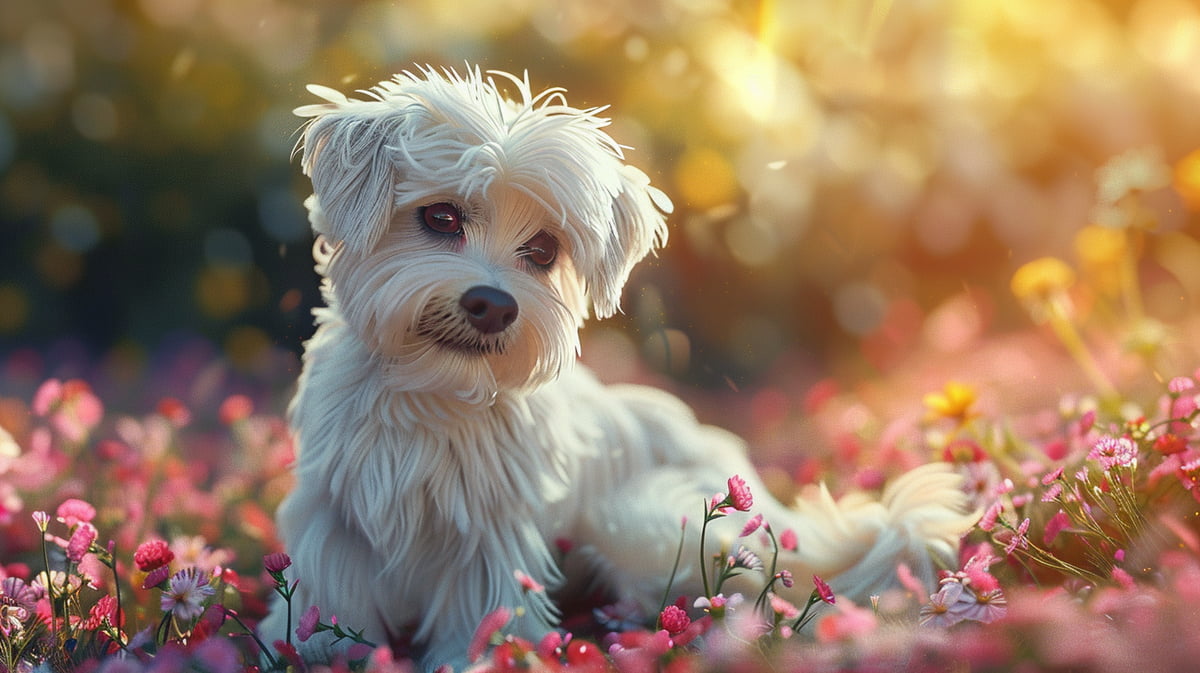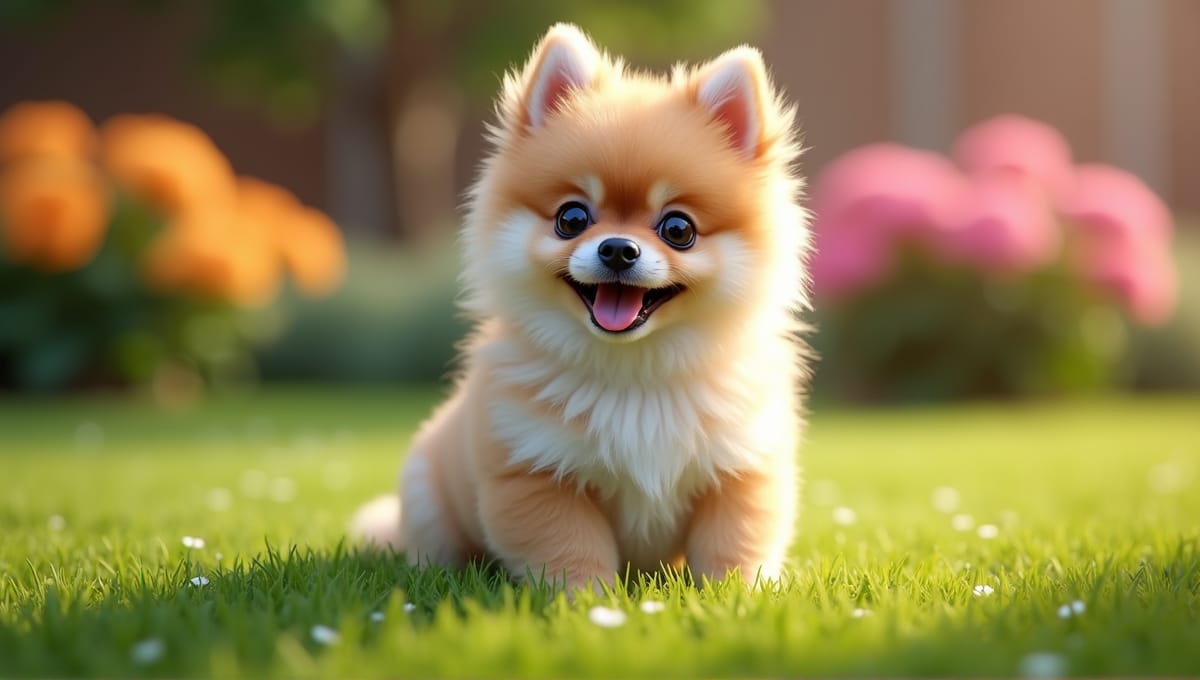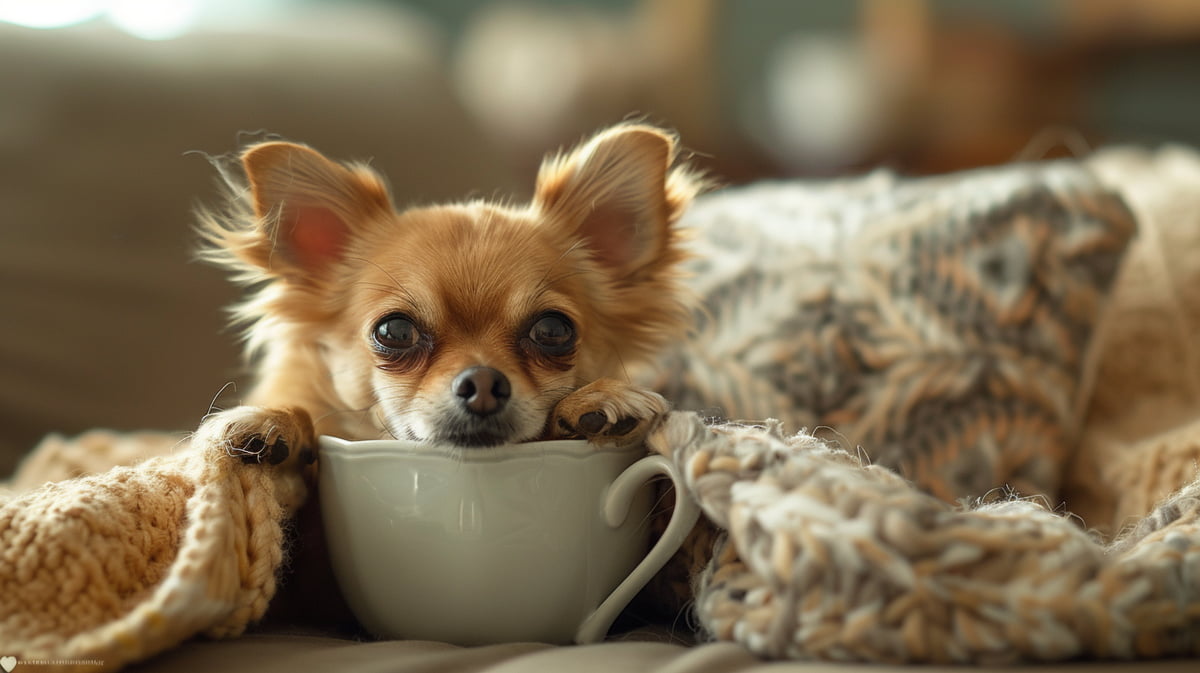Small terriers are small, but mighty. These feisty little dogs have been winning people over for hundreds of years thanks to their energetic personalities and charming appearance. So which small terrier breed is best for you? I’ll discuss the common characteristics of spunky small terriers and outline some of the most popular breeds to help you find your ideal companion.
Overview of Small Terrier Breeds
Small terriers are small dogs with big attitudes. These little dogs were originally bred to hunt and kill vermin in homes and on farms. The word “terrier” comes from the Latin word “terra,” which means earth. This is a nod to their historical purpose of digging into the earth to hunt and kill small pests. In fact, some small hunting dogs are terriers, known for their tenacity and ability to pursue prey underground.
Most small terriers weigh between 8 and 22 pounds and stand between 8 and 15 inches tall at the shoulder. They’re famous for their:
- Feisty, high energy attitude
- High prey drive
- Intelligence and independence
- Alert, loyal
In my experience, small terriers embody the classic “mighty terrier” personality. They’re often bold and tenacious, and this same tenacity can sometimes make them stubborn. However, their spunky personality also makes them delightful and amusing little companions.
Properly caring for a small terrier is a commitment. They need daily exercise, mental stimulation, and regular training. Their grooming requirements depend on the specific breed, but most small terriers need to be regularly groomed and brushed. Small terriers thrive on the companionship and approval of their owners.
Popular Small Terrier Breeds
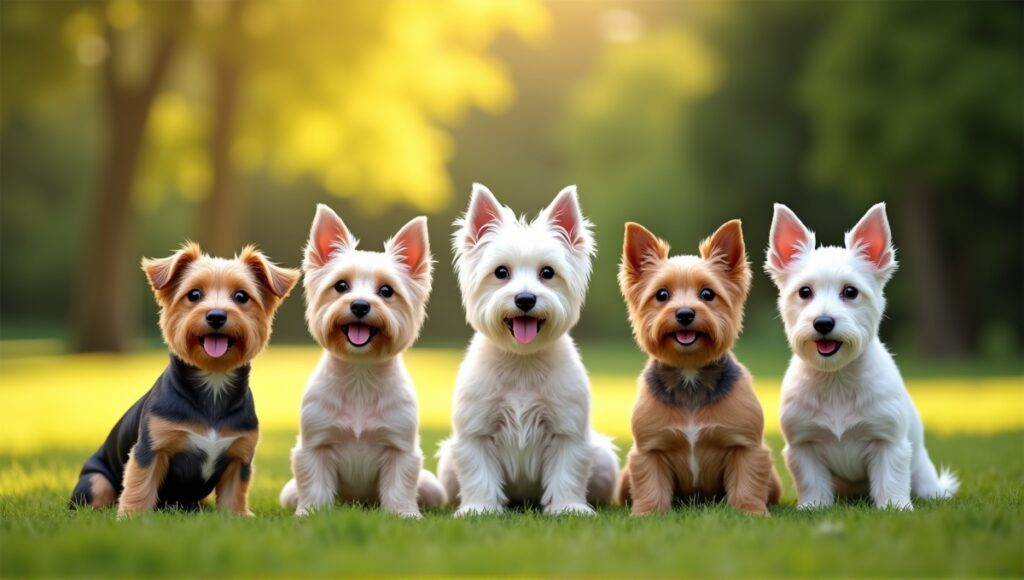
Here are a few of the most popular small terrier breeds:
Jack Russell Terrier: These small terriers are very active and intelligent. They are always on the move and require a lot of exercises.
Yorkshire Terrier: Yorkies are glamorous little lap dogs with silky coats. Despite their size, they have a large personality and can be a bit of a spitfire.
West Highland White Terrier: You’ll recognize Westies by their sparkling white coats and happy expressions. They are a friendly and adaptable breed that does well with families. Westies are one of the popular small white dog breeds known for their distinctive appearance and cheerful temperament.
Cairn Terrier: These scruffy little terriers are independent and curious. They are very good at solving problems and enjoy exploring their environment.
Scottish Terrier: Scotties are known for their profile and aloof attitude. They are loyal to their family, though they can be a bit standoffish with new people.
Norfolk and Norwich Terriers:
- Both breeds were originally bred for ratting in East Anglia, England
- Norfolk has dropped ears and Norwich has pricked ears
- Similar in size and temperament
- Norwich is slightly more outgoing
Temperament and Personality of Small Terriers
Small terriers are small dogs with big personalities. They’re typically confident, energetic, and curious, and they tackle life with gusto. They’re high energy dogs that aren’t afraid to let you know it.
Most small terriers are high energy dogs. They require regular exercise and mental stimulation, or they’ll become bored and destructive.
Terrier sociability can vary. Some are extroverted and strangers, while others can be a little reserved. Proper socialization at a young age is key to ensuring they grow into well adjusted adults.
Terriers are generally intelligent dogs that pick up things quickly. Training a terrier requires patience and consistency. Here are a few things to know about training a terrier:
- Quick to learn new commands
- May test your authority
- Respond well to positive reinforcement
- Requires firm, yet gentle guidance
Research reveals that terriers rank above average in intelligence tests measuring problem solving skills, persistence, and independence. Because of this intelligence, training a terrier can be both a rewarding and frustrating experience.
Physical Characteristics of Small Terriers
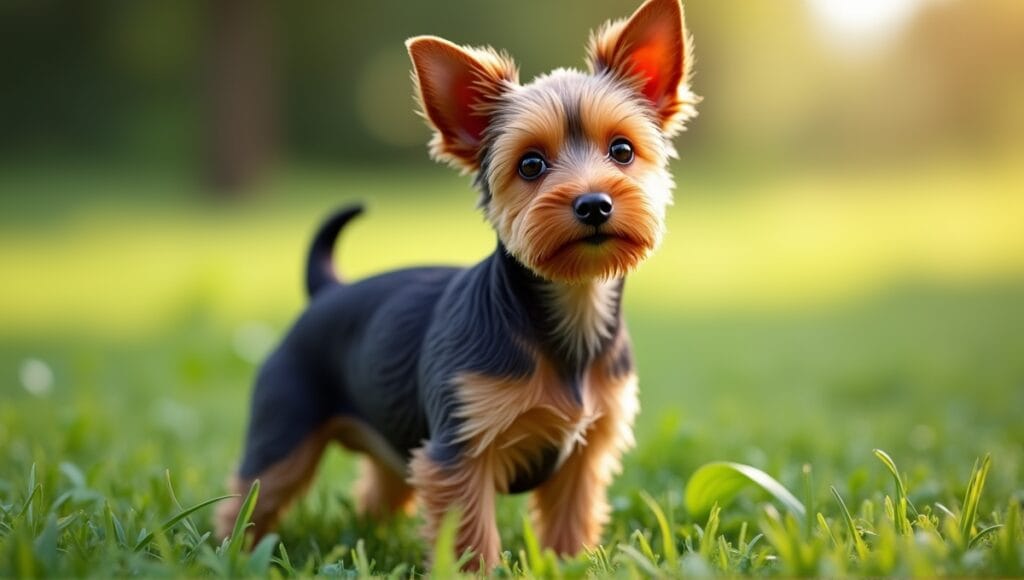
Most terriers are small dogs with sturdy, muscular frames designed for agility and stamina. They tend to have a proportionate build with legs that are short to medium in length in relation to their body size.
Terriers exhibit a range of coat types and textures:
- Smooth coats (e.g., Jack Russell Terrier)
- Wiry coats (common in most terrier breeds)
- Long silky coats (e.g., Yorkshire Terrier)
Soft fluffy coats (common in some terrier breeds, such as the West Highland White Terrier)
Most terrier breeds have a double coat with a wiry outer coat and a soft undercoat. This coat structure was designed to help them withstand harsh weather and dense brush while hunting prey.
Terriers come in virtually any color you can imagine. For example, the West Highland White Terrier is always white, while the Yorkshire Terrier can have blue, black, and tan color variations. Cairn Terriers come in various colors, including red brindle and black.
They typically have ears that stand up or semi-erect ears, alert eyes, and a tail that is usually carried high. Many terriers also have a distinct beard and eyebrows, which contribute to their very expressive face.
Health Considerations for Small Terriers
Small terriers are generally a healthy breed, but like all dogs, they are prone to certain health conditions:
- Dental problems
- Patellar luxation
- Legg-Calve-Perthes disease
- Allergies and skin issues
Most terriers have an average lifespan of 12-15 years, and some live to be 16 years old. This is a great lifespan and speaks to the breed’s overall health and hardiness.
Regular visits to the vet are important to keep your terrier healthy and catch any potential issues early. Approximately 80% of terriers over the age of 3 have some form of dental problems, so regular dental care is important.
If you plan to breed your terrier, genetic health screenings are a good idea to prevent passing on any inherited conditions to future generations. Additionally, always make sure to buy from a reputable breeder who does health testing.
Grooming Requirements for Small Terriers
Grooming requirements for small terriers vary based on their coat. However, all terriers benefit from regular grooming to ensure their coat is healthy and free from mats.
Wirehaired terriers often require hand stripping to preserve the texture of their coat. This process involves manually pulling out dead hair or using a stripping tool. Most wirehaired terriers need to be stripped every few months.
Smooth coat terriers require less grooming. You can get by with weekly brushing and the occasional bath. Some terriers, like the Yorkshire Terrier, have long hair that requires daily brushing to prevent mats.
Nail care and dental hygiene are universal grooming tasks for all terriers:
- Trim your dog’s nails every 2-4 weeks.
- Brush your dog’s teeth daily if possible.
- Give your dog dental chews or toys to help clean their teeth.
- Schedule professional dental cleanings as recommended by your vet.
Regular grooming sessions also give you an opportunity to check for any skin problems, lumps, or other issues.
Exercise Needs of Small Terriers
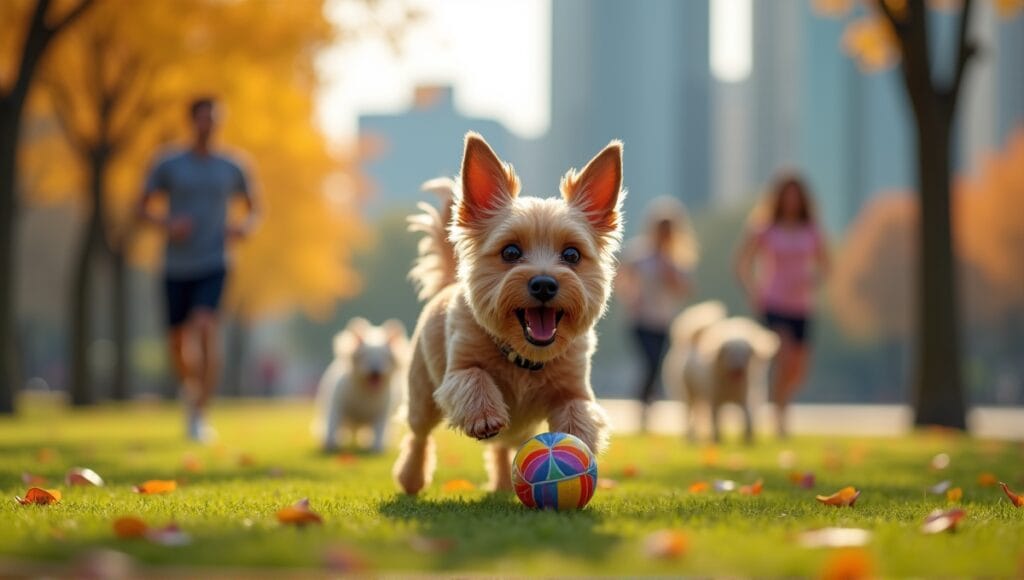
Don’t underestimate their exercise needs – Small terriers require a lot of exercise. Exercise requirements is another way of saying 30 to 60 minutes of daily exercise min. This might include:
- A brisk walk
- Yard play
- Interactive play like fetch or tug
- Agility or an obstacle course
Mental exercise is just as essential as physical exercise for these smart dogs. Puzzle toys, food dispensing toys, and training sessions are all great options to keep them mentally sharp.
If you’re in an apartment, you can exercise them in the following ways:
- Fetch indoors
- Stairs
- Train to walk on a treadmill
- Regular visits to the dog park
A tired terrier is a good terrier. Sufficient exercise can prevent destructive behaviors due to boredom or excess energy.
Training Small Terriers
Training a small terrier is a fun experience, and it’s also one of the most rewarding small dogs to train. However, training a small terrier requires patience and diligence. Terriers are intelligent and motivated to learn, but they also have an independent side.
Terriers respond best to positive reinforcement training. They love to please you for treats, praise, or play. If you use punishment or harsh training methods, you’ll create a rift in your relationship, making your terrier even harder to train.
The most common training challenges with terriers are stubbornness, a relatively short attention span, a strong prey drive, and barking.
Socialization is a key component of terrier training, as it helps minimize fearfulness or aggressive behavior later in life. According to data on training, it takes terriers four to six months longer than average to complete their training. If you feel like progress is slow, don’t give up. Stay consistent, and you’ll eventually see success.
Below are a few training tips:
- Keep training sessions short and enjoyable.
- Use high-value treats to motivate your terrier.
- Integrate training into your daily activities.
- Stay consistent with your rules and commands.
Just keep in mind that each dog has its own unique personality. What works for one terrier might not work for another. Be willing to adapt your training approach accordingly.
In Closing
Small terriers are one of the most energetic small dogs you can get. They’re intelligent and loyal, and each breed from Jack Russells to Yorkies has its own unique appeal. Yet they all exhibit that classic terrier stubbornness.
With the right care, training, and exercise, these little dogs are excellent pets. They’re feisty, cute, and impossible to ignore. Small terriers are also a great choice if you want a small dog with a big personality. Just prepare yourself for a dog that believes it’s a significantly larger animal!


